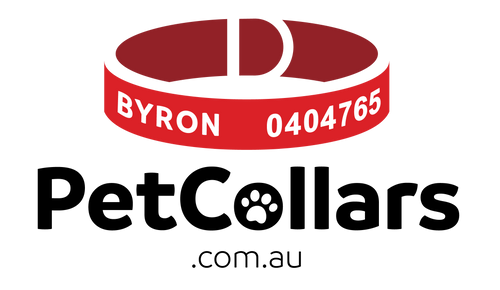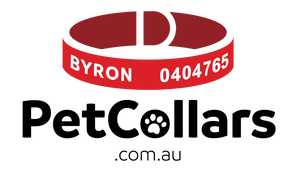Congratulations on your decision to welcome a new feline friend into your home! Adopting a cat is a rewarding experience that brings joy and companionship. Whether you're looking to adopt a cat in Sydney or looking to buy kitten Brisbane, or exploring cat adoption in Perth, it's essential to be prepared.
In this blog post, we'll guide you through the process of adopting a cat in Australia. We will cover basic cat care and the essential items you should consider before bringing your new pet home, answering the burning question: “What should I buy before adopting a cat in Australia?”
The Process of Adopting a Cat
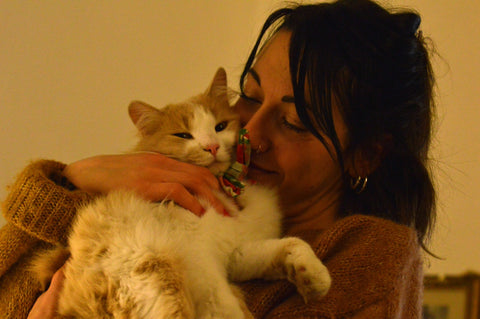
When considering adopting a cat, start by researching local shelters and rescue organizations in your area. Whether you're looking into cat adoption Perth, or are hoping to adopt a cat Sydney, or any other location in Australia, make sure to choose a reputable shelter.
Visit the Shelter
Plan a visit to the shelter to meet the available cats. This is a crucial step in the process of adopting a cat, as it allows you to interact with different cats and find one that suits your lifestyle and personality.
Inquire About Adoption Fees
Ask the shelter staff about the adoption fees. The RSPCA cat adoption fee and RSPCA kitten adoption fee typically cover essential healthcare services like vaccinations, microchipping, and desexing.
Complete an Application

If you find a cat you'd like to adopt, you'll need to fill out an adoption application. This is a standard procedure in the process of adopting a cat, and it may include questions about your living situation, experience with pets, and how you plan to care for the cat.
Home Check and Approval
Some shelters may conduct a home check as part of the process of adopting a cat. This is to ensure that your living environment is safe and suitable for a cat. Once your application is approved, you can proceed with the new cat adoption.
Finalize the Adoption
After approval, you'll pay the adoption fee and complete any necessary paperwork. This finalizes the process of adopting a cat, and the shelter will provide you with the pet kitten's medical records and any other important information.
Prepare Your Home

Before bringing your new cat home, make sure you have all the necessary supplies. This is an important step in the process of adopting a cat, as it ensures that your cat has everything they need to feel comfortable in their new home.
Pick a Name for Your New Pet Kitten
Nowadays, choosing a name for a new pet can become a daunting task; there are simply too many options! Fear not. You can check out this blog to discover fun ways to pick a name for your new kitty.
Introduce Your Cat to Their New Home
Give your cat time to adjust to their new surroundings. This is the final step in the process of adopting a cat, and it's important to provide a quiet, safe space where they can retreat and feel secure as they acclimate to their new home.
How to Care for Your Newly Adopted Cat?
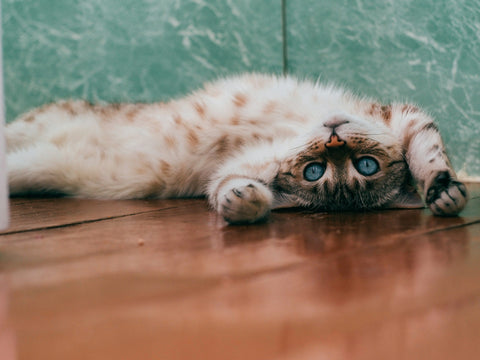
Welcoming a new cat into your home is a heart-warming experience. Whether you went through with a cat adoption in Perth, or are still searching to buy cat Melbourne, it's essential to be well-prepared. Here's a comprehensive guide to basic cat care that can help you when adopting a cat in Australia.
Nutrition
Feeding your cat a high-quality, age-appropriate diet is crucial. Cats are obligate carnivores, so their food should have animal protein as the primary ingredient. Alongside a nutritious diet, always provide access to fresh, clean water. Change the water daily and clean the bowl regularly. Treats can be a nice addition to your cat's diet but should only make up a small portion to avoid overfeeding and obesity.
- High-Quality Food: Look for brands with meat as the first ingredient.
- Fresh Water: Ensure constant access to clean water.
Health and Veterinary Care
Regular veterinary visits are essential for vaccinations, health screenings, and dental checkups. It's also important to keep up with flea, tick, and worm prevention as recommended by your vet. Additionally, spaying or neutering your cat not only prevents unwanted litters but also reduces the risk of certain health issues.
- Annual Check-ups: Schedule yearly visits to the vet.
- Parasite Prevention: Stay up-to-date with flea and tick treatments.
Grooming

Regular grooming is important for your cat's overall well-being. Brush your cat's fur regularly to reduce shedding and prevent hairballs, especially for long-haired breeds that may need daily brushing. Regular nail trimming and ear cleaning are also important to prevent overgrowth and infections.
- Brushing: Use a cat-specific brush to keep their coat healthy.
- Nail Trimming: Trim nails every few weeks to prevent scratching.
Litter Box
Maintaining a clean litter box is crucial for your cat's hygiene. Scoop the litter box daily and change the litter regularly. The litter box should be placed in a quiet, accessible area away from your cat's food and water. If you have multiple cats, provide one litter box per cat, plus one extra, to prevent any territorial issues.
- Location: Place the litter box in a private area.
- Cleanliness: Scoop daily and change litter regularly.
Comfort and Safety

Creating a comfortable and safe environment for your cat is essential. Offer scratching posts or pads to satisfy your cat's natural scratching instincts and protect your furniture. Ensure your home is safe by keeping hazardous items, such as toxic plants and chemicals, out of your cat's reach.
- Cozy Bedding: Provide a warm, comfortable place for your cat to sleep.
- Scratching Posts: Allow your cat to express their natural behaviour.
Socialization and Enrichment

Engaging your cat in regular play sessions with interactive toys that stimulate their hunting instincts is important for their physical and mental health. Providing opportunities for your cat to explore and climb, such as cat trees or shelves, can also enrich their environment. Spending quality time with your cat every day strengthens your bond and provides emotional support.
- Interactive Toys: Keep your cat entertained with a variety of toys.
- Climbing Opportunities: Offer cat trees or shelves for exploration.
“What Should I Buy Before Adopting a Cat in Australia?”
So, you must be wondering, “What Should I Buy Before Adopting a Cat in Australia?” It goes without saying that having the right supplies on hand will ensure a smooth transition for your new feline friend.
Here's a comprehensive list of items you should consider buying when you are considering to adopt a house cat in Australia:
Embroidered Cat Collar with Strong Clasp or Breakaway Clasp

A collar is essential for your cat's safety and identification. Choose a collar with a strong clasp or a breakaway clasp for added security. Consider buying a personalised cat collar with your cat's name and your contact details embroidered onto it.
Cat Food

Regardless if your cat is a Burmese or a tabby, selecting high-quality, age-appropriate cat food to meet your cat's nutritional needs is a must. Look for food that lists meat as the first ingredient and consult with your veterinarian to determine the best diet for your cat's health and lifestyle.
Food and Water Bowls
Provide separate bowls for food and water. Choose bowls that are easy to clean and sturdy enough to prevent tipping. Ceramic or stainless steel bowls are good options as they are durable and hygienic.
Litter Box
Choose a litter box that is suitable for your cat's size and easy for them to access. Consider a covered litter box for added privacy or an open one for easier cleaning. When thinking, “What Should I Buy Before Adopting a Cat in Australia?” a litter box would be on your top priority list.
Cat Litter
There are various types of cat litter available, including clumping, non-clumping, and natural options. Select a litter that is absorbent, controls odour, and is comfortable for your cat's paws.
Litter Scoop
A litter scoop is essential for daily cleaning of the litter box. Choose a scoop with a comfortable handle and a design that easily sifts through the litter to remove waste.
Cat Bed
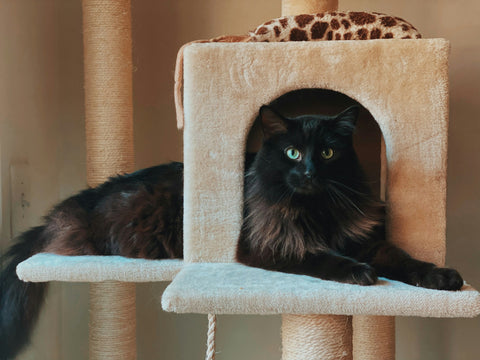
Provide a cozy and comfortable bed for your cat to sleep and rest in. Look for a bed that is soft, warm, and easy to wash. Consider your cat's size and sleeping preferences when choosing a bed.
Scratching Post or Pad
Scratching is a natural behaviour for cats. Provide a scratching post or pad to satisfy their need to scratch and protect your furniture. Look for a sturdy post covered in sisal or a durable scratching pad.
Cat Toys
Toys are important for your cat's mental and physical stimulation. Offer a variety of toys, such as balls, feather wands, and interactive toys, to keep your cat entertained and active.
Cat Carrier
A cat carrier is necessary for safe transportation to the vet or during travel. Choose a carrier that is secure, well-ventilated, and comfortable for your cat.
Brush or Comb
Regular grooming is important for your cat's coat health. Use a brush or comb suitable for your cat's fur type to reduce shedding and prevent matting.
Nail Clippers
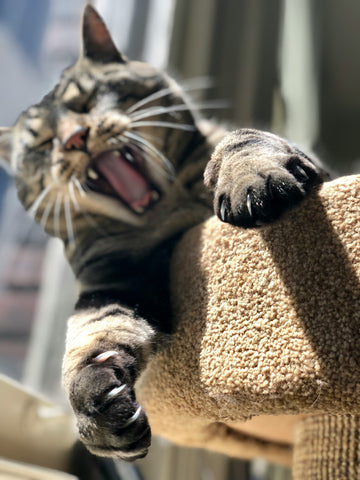
Keeping your cat's nails trimmed is essential for their comfort and to prevent scratching. Choose a pair of nail clippers designed specifically for cats and trim their nails carefully.
Cat Tree or Climbing Shelves
Cats love to climb and explore. Provide a cat tree or climbing shelves to satisfy their natural instincts and give them a place to perch and observe their surroundings.
Flea and Tick Prevention
Protect your cat from fleas and ticks by using a preventative product recommended by your veterinarian. Regularly check your cat for signs of infestation and treat them promptly if needed.
Worming Treatment
Worming is an important part of your cat's health care. Follow your veterinarian's recommendations for worming treatment to keep your cat free from internal parasites.
First Aid Kit
Having a first aid kit on hand is important for minor injuries or emergencies. Include items such as bandages, antiseptic wipes, and tweezers, and consult your vet for a list of cat-specific first aid supplies.
Cat Shampoo
While most cats groom themselves, occasional baths may be necessary. Choose a cat-specific shampoo that is gentle on their skin and coat. Only bathe your cat when needed to avoid stress and skin irritation.
The Value of Positive Reinforcement

Positive reinforcement is a powerful tool in helping your new cat adjust and feel at home. This is one of the things many would mention when listing “things I wish I knew before getting a second cat.” By using positive reinforcement, you can build a strong bond with your cat, making their transition to their new home smoother and more enjoyable.
Here's how you can implement it:
- Reward Good Behaviour: Use treats, affection, and playtime as rewards for desired behaviours, such as using the litter box or interacting calmly with other pets.
- Consistency: Be consistent with your rewards to reinforce good behavior effectively.
- Patience and Understanding: Understand that your cat is adapting to a new environment and may need time to learn what is expected.
Signs Your Cat Wants Another Cat
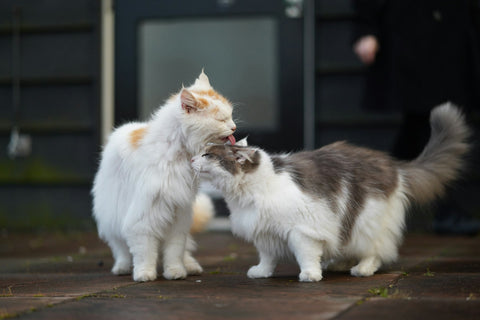
When you have a beloved feline at home, it's natural to wonder if they might enjoy the companionship of another cat. Cats are often seen as solitary creatures, but many do enjoy the company of their own kind.
If your cat seems to be seeking more attention from you or is more vocal than usual, it could be a sign that they're looking for social interaction. Cats that follow their owners around, initiate play, or seem more clingy might be indicating their desire for companionship.
Signs of Loneliness or Boredom
Cats that are left alone for long periods may show signs of loneliness or boredom, such as excessive sleeping, over-grooming, or even destructive behaviour. A second cat can provide stimulation and a playmate, potentially alleviating these issues.
A cat that is playful and enjoys interactive toys might benefit from a playmate to wrestle and chase. If your cat has a lot of energy and seems to be looking for an outlet, another cat could be a great addition.
Before making the decision to adopt another cat, it's important to consider your current cat's personality, your living situation, and whether you're prepared for the responsibilities of caring for an additional pet. You want to avoid having the need to share the endless “things I wish I knew before adopting a second cat.”
Signs Your New Cat is Adjusting
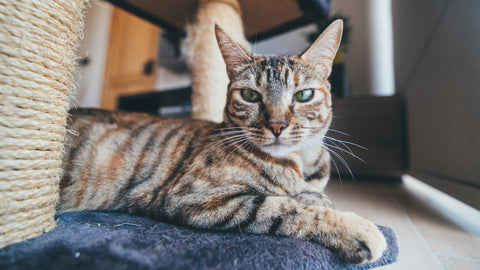
Welcoming a new cat into your home is a significant change for both you and your pet. Observing their behaviour can help you gauge how well they're adapting to their new environment. The top 3 signs your new cat is adjusting well include:
- Exploration: Your cat is curious and actively explores different areas of your home.
- Regular Litter Box Use: Consistent use of the litter box indicates comfort and familiarity with their environment.
- Affectionate Behavior: Seeking out your company, purring, and displaying affectionate gestures are positive signs.
What to Do With a Kitten on the First Night
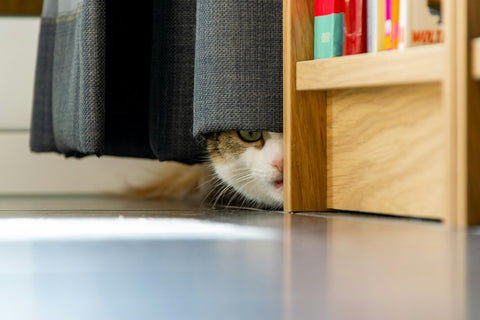
If your new cat seems distressed, or you’re wondering what to do with a new kitten on the first night, there are several steps you can take to help them relax and adjust more quickly. By being attentive to your cat's needs and providing a supportive environment, you can help your new feline friend relax and feel more at home in their new surroundings:
- Set up a quiet, comfortable area where your cat can retreat and feel secure. Include a cozy bed, food, water, and a litter box in this space.
- Consider using pheromone diffusers or sprays that can help reduce stress and create a calming environment for your cat.
- Try to establish a consistent routine for feeding, playtime, and cuddles to provide a sense of stability.
- Provide toys that encourage play and mental stimulation, which can help distract your cat from their anxiety.
- Keep the environment calm by minimizing loud noises and sudden movements that could startle your cat.
- Give your cat time to adjust at their own pace, and offer gentle reassurance and affection to build trust.
Welcoming a Pet Kitten Into Your Life
In conclusion, adopting a new cat or kitten in Australia is a rewarding journey that brings immense joy and companionship to your home. From understanding the process of adopting a cat, including the RSPCA cat adoption fees, to ensuring you have all the essential items ready, preparation is key.
As you welcome your new feline friend, remember to observe signs of their adjustment and provide a supportive environment for them to thrive. For added safety and style, consider purchasing custom cat and dog collars with PetCollars AU. Choose the colour of the collar and thread, ensuring they always have a piece of home with them. Shop PetCollars AU today for all your cat accessory needs.
